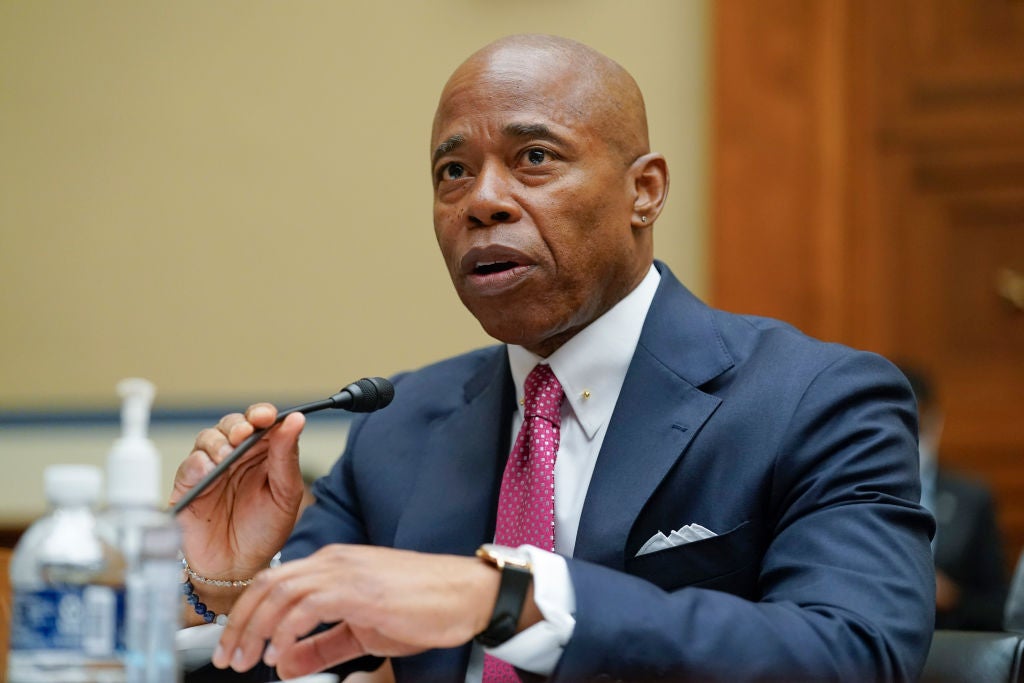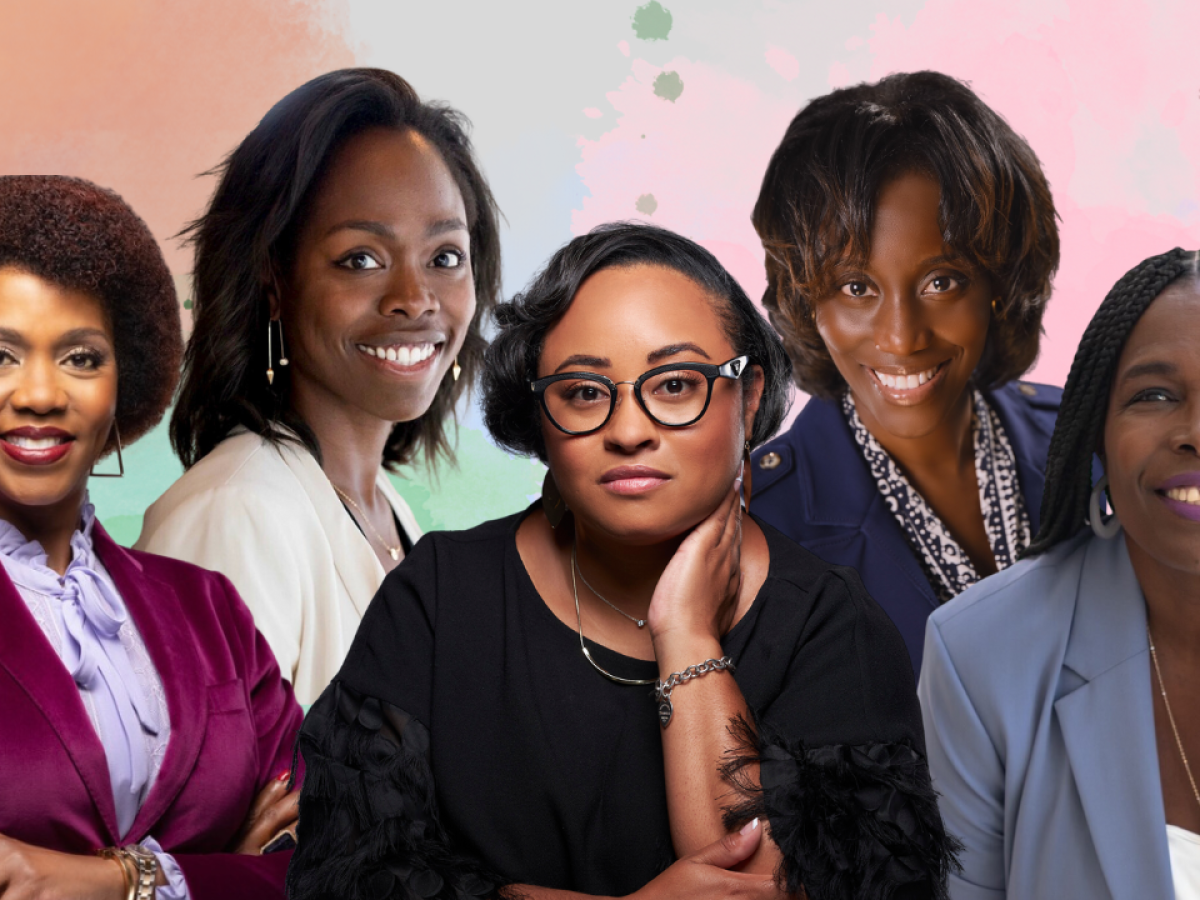
In May 2020, a nation frustrated by months of lockdowns watched a 46-year-old black man named George Floyd murdered by a Minneapolis police officer. A recording of the brutal incident, caught by a bystander, streamed on social media timelines and news broadcasts worldwide. The gravity of the incident, combined with a bleak, pandemic-induced social mood, grasped the country by the scruff of the neck and shook it into racial consciousness.
As the nation confronted the reality of institutional racism, outcries for corporate accountability reverberated across industries. An Edelman report revealed that 82% of those surveyed expect CEOs to act in response to racial injustice. Remaining silent on issues of systemic racism was no longer an option for industry leaders as the pendulum swung toward corporate social responsibility. By May 2020, jobs in diversity and inclusion had risen 123%. “The movement towards active diversity, equity, inclusion, and belonging (DEIB) was won through immense pressure from employees and consumers demanding institutions take a stand for justice and actively address societal issues,” said Amira Barger, executive vice president of health communications & DEI advisory at Edelman.
Fast forward to the present—chief diversity officers are resigning their positions at shocking rates, and amid inflation and a deteriorating economy, many C-suite leaders are cutting costs. Some are pulling back on the DEIB commitments made in the summer of 2020. But, budget cuts at the expense of diversity and inclusion, experts say, are detrimental to businesses’ bottom lines. According to a McKinsey report, organizational diversity leads to higher profit margins. The most diverse companies outperform their less diverse peers by 36% in profitability.
What’s more, Barger said, is when corporate DEIB promises go unfulfilled, it also puts morale and company culture at stake. “There has been a lot of DEIB talk. And talking without tactics can equate to workplace trauma,” she said.
ESSENCE surveyed five diversity and inclusion executives from top-performing companies across industries to get their takes on the most pressing issues in the corporate diversity space, why DEIB leaders are burning out, and what companies absolutely must do to get diversity right in 2023.
Why there’s no such thing as too much Black representation.
Black Americans comprise 13% of the US population and account for only 8% of employees in professional roles. In addition, only 3.2% of all senior leadership roles are occupied by Black executives, according to a Coqual study—and Black leaders occupy less than 1% of all Fortune 500 CEO positions. Barger says a history of systemic obstacles barring Black Americans from career advancement calls for hyper-focus to achieve workplace equality.

Many leaders and employees will ask if DEIB efforts focus “too much” on Black people or do we “over-index Black” when shaping the problem and crafting the solution. I have espoused for years that there is no such thing as over-indexing Black in the work of DEIB. The work of DEIB focuses on centering those most harmed by systemic inequities, and when we do so, we help solve the inequities for all.
Because of our history as a country, the most harmed are most often Black people, particularly Black women. The work of DEIB practitioners is to center that experience and solve for it in ways that positively impact members of other marginalized groups, including LGBTQ+, people with disabilities, older adults, and neurodivergent workers.
Why creating equitable hiring practices is key to building an inclusive workplace.
As business leaders adapt policies to build more diverse and inclusive organizations, Melinda King, Head of Diversity, Equity, and Inclusion at leading consumer genetics and research company 23andMe, says evaluating job requirements is crucial to fostering equity in hiring processes.
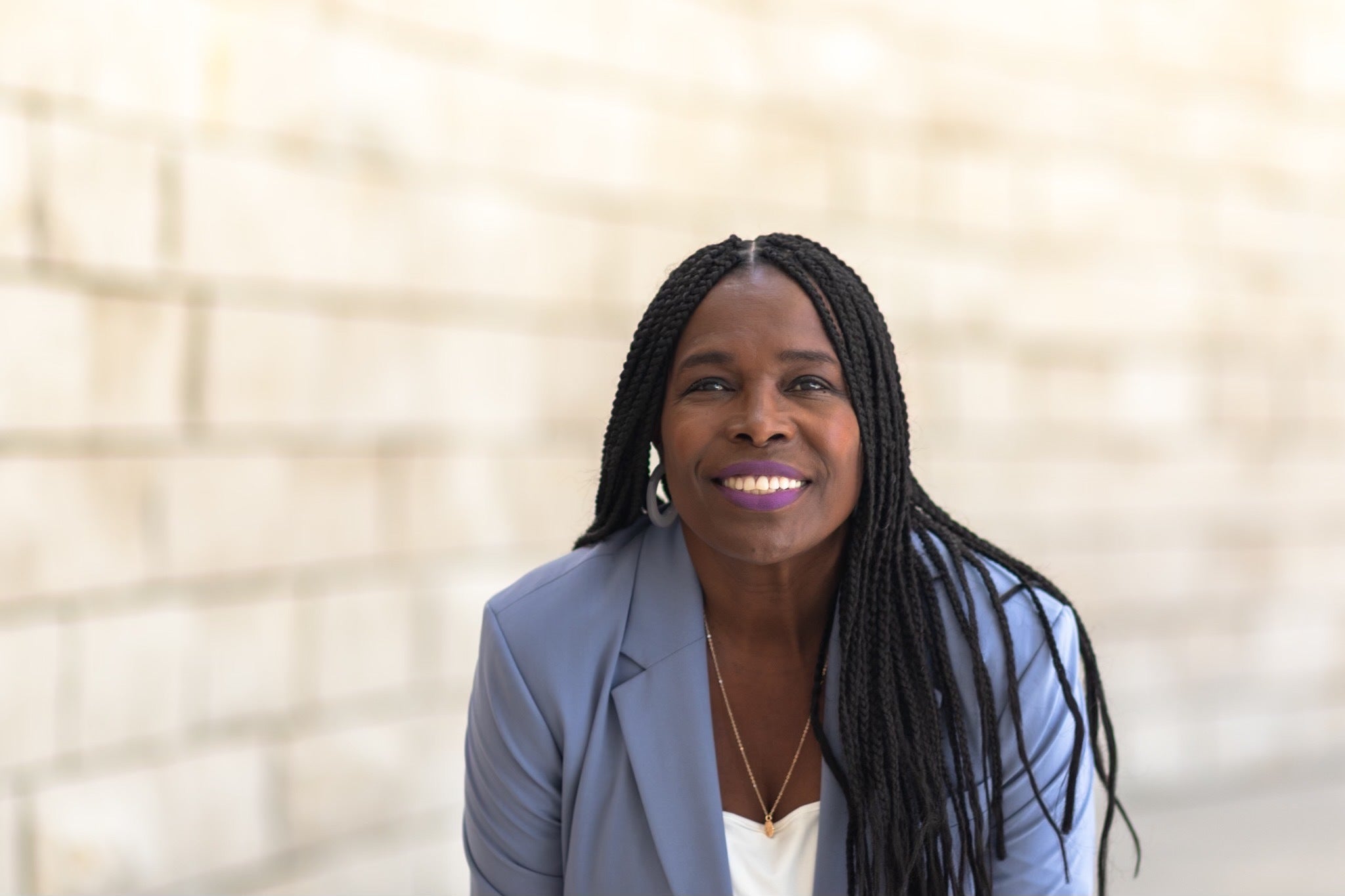
We have got to take a step back and really examine systems that have marginalized people and focus on changing those systems. How can you truly have a diverse recruiting process when you are asking for qualifications and experiences that most individuals from communities that have been marginalized would not have had access to because of systemic problems?
The college I graduated from, my mother would not have had an opportunity to attend, and my older siblings would have had to jump through hoops to be admitted. So, is it fair to require an education from a certain institution and 20 years of leadership experience for roles when you haven’t examined who could possibly be in that applicant pool based on past discriminatory systems?
We need to change the systems and acknowledge that not everyone starts on third base. Some folks have to show ID just to get into the ballpark.
Why chief diversity officers are burning out.
Turnover among DEIB leaders has skyrocketed over the past two years. Chief diversity officers have one of the shortest average tenures of all C-suite executives, at around three years. Many cite shallow engagement, low budgets, and a general sense of performative activism as primary causes. We asked Erin Thomas, VP of diversity, inclusion, and belonging at Upwork, what she believes drives the great resignation of DEIB leaders.
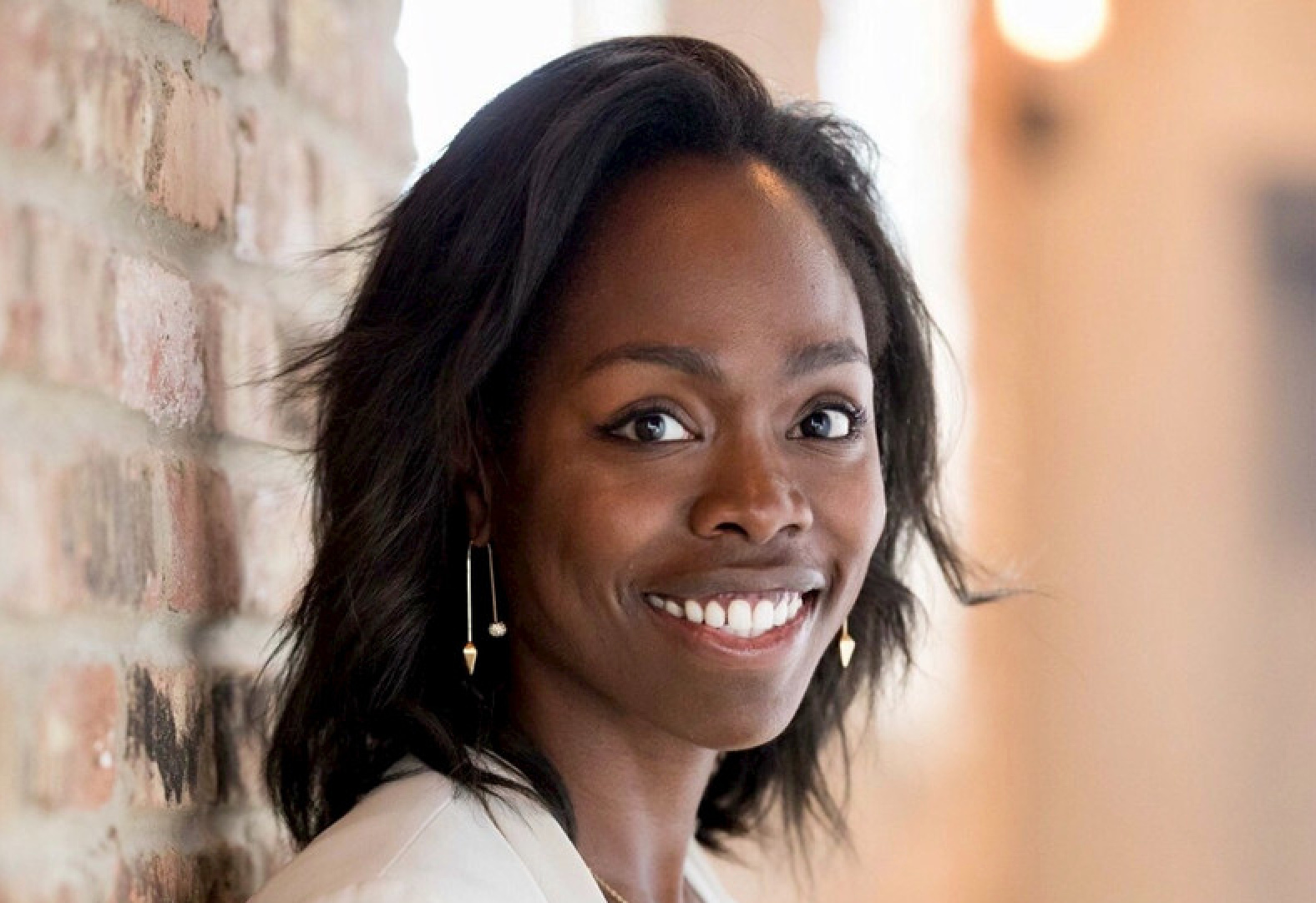
The risk factor that is most prominent for DEIB leaders is the perceived lack of control. DEIB is a highly dependent functional area. Most DEIB leaders wield little institutional power. Resources, including time and attention, are typically scarce, and the work is emotional and bigger than any one person.
Many organizations don’t have a huge capacity or tolerance for change, and when executed rigorously, DEIB is massive change management work. The folks trying to drive that change can feel like they’re running into walls at every twist and turn. In turn, the work and the DEIB leader’s potential get shrunk to an unfulfilling small size.
Why every people leader is a DEIB leader.
Sandra Quince, CEO of Paradigm for Parity—a coalition of business leaders dedicated to addressing the leadership gender gap in corporate America, says DEIB initiatives and the leaders charged with their execution are doomed to burn out without buy-in from people leaders at all levels of the business. Instead, she said executive decision-makers must invest in “upskilling managers to become inclusive leaders and culture carriers.”
We asked Quince how people leaders can amplify a culture of diversity, equity, inclusion, and belonging.
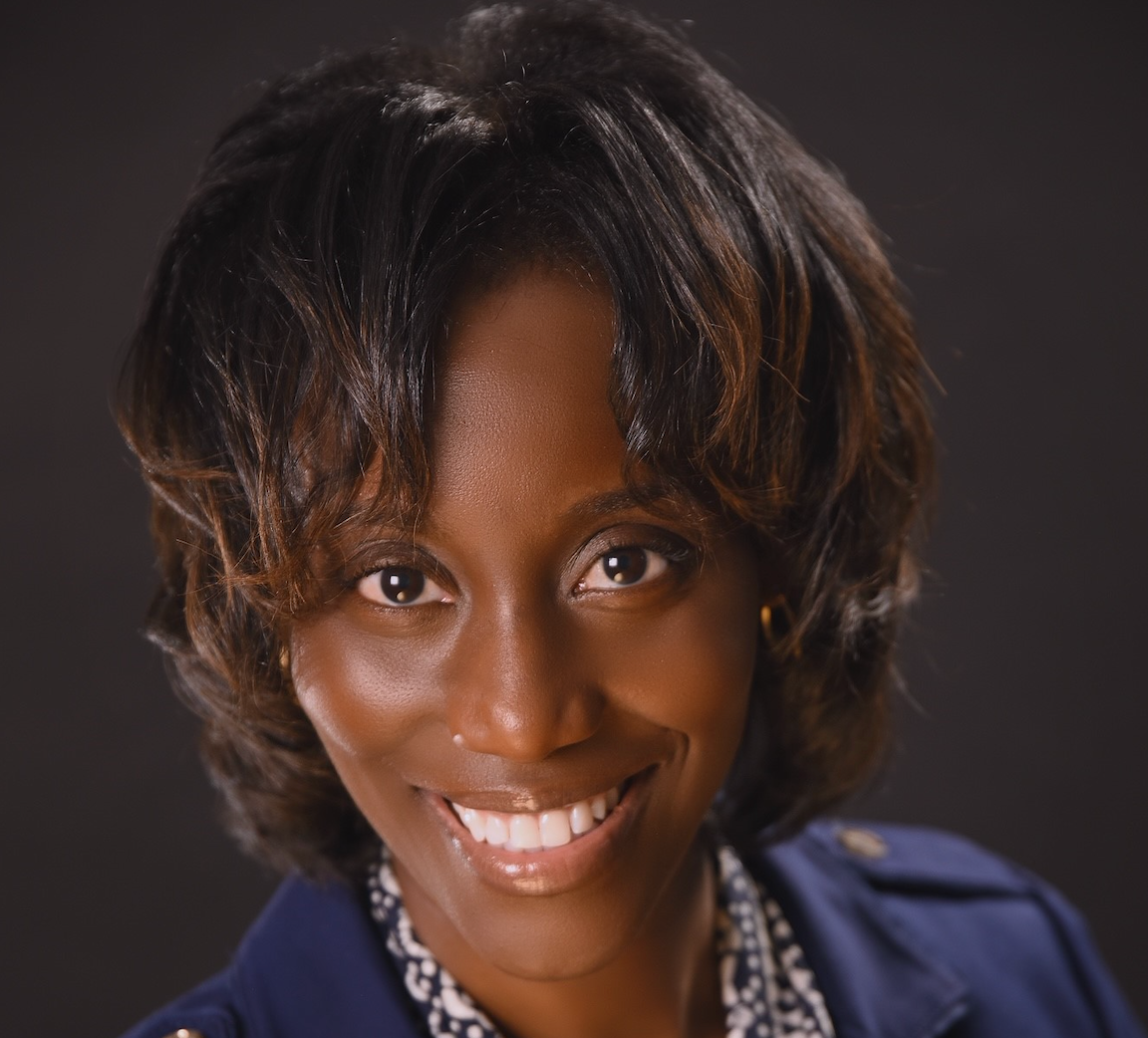
Managers play a critical role in who is hired, promoted, stays, and leaves a company. Organizations must invest in their managers by upskilling them to be inclusive leaders who build trust with their team, are transparent, invest in their employees, and create opportunities for authentic conversations. Managers have to be able to connect purpose and passion to roles and help employees understand how to grow and manage their careers.
Quince said department leaders must also be provided with training and support to avoid disparate impact when conducting reductions in force.
As companies begin to downsize or right-size their organizations, they should be intentional in making decisions to avoid a disproportionate impact on women and ethnically underrepresented talent. One thing companies can do to help ensure progress is not eroded and, in fact, they still make gains is to create an inspection process or review committee.
Progress, not perfection: How to boost impact in 2023.
According to a McKinsey study, US companies spend about $8 billion annually on DEIB training. However, only 23% of HR professionals feel that their DEIB programs are highly effective. The data suggests that companies are investing in DEIB, but employees aren’t “feeling” that impact. We asked Quita Highsmith, Chief Diversity Officer at biotechnology company Genentech, what companies can do to stop stagnating on DEIB progress. Here’s what she said.
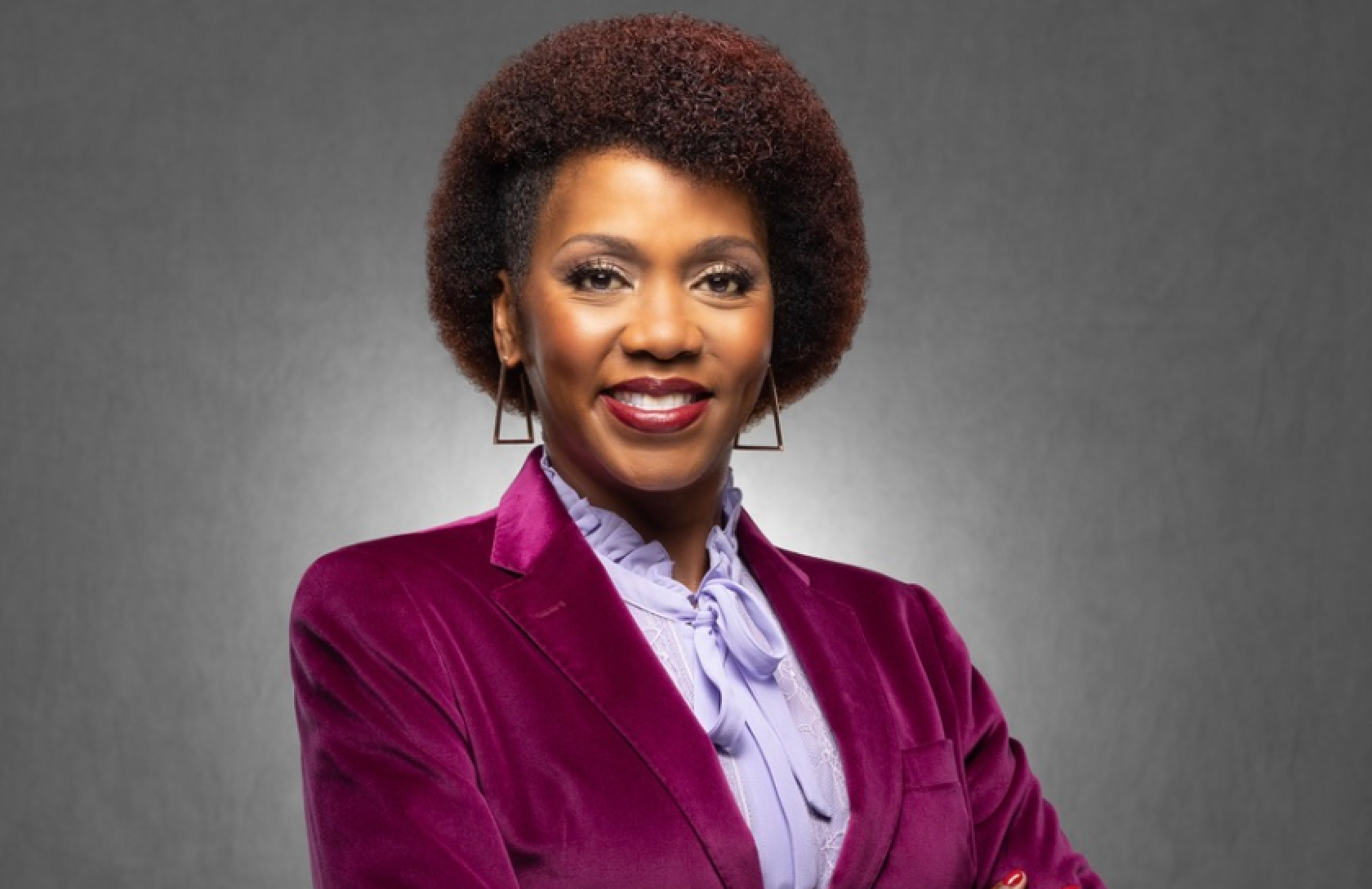
There is no magic or quick solution to addressing the impacts of systemic racism and inequities. It has taken centuries to get to where we are today in the US, and it will take more than a handful of years to build the workplace and world we want to see.
A critical first step, however, is to stop tiptoeing around the real issues at hand. We have to stop allowing the fear of saying the wrong things to prevent us from saying or doing anything at all. The goal is progress, not perfection, and I am optimistic that over the last few years, progress has been made.







The inequities exposed by the COVID-19 pandemic have accelerated the conversation around DEIB in the US. It’s now up to us to turn this moment into a movement. We have to be bold, center the voices and experiences of marginalized communities, and dedicate adequate resources for long-term impact. There have been a lot of promises and commitments made in recent years, and the time is now to deliver.
Responses are edited for conciseness and clarity.



